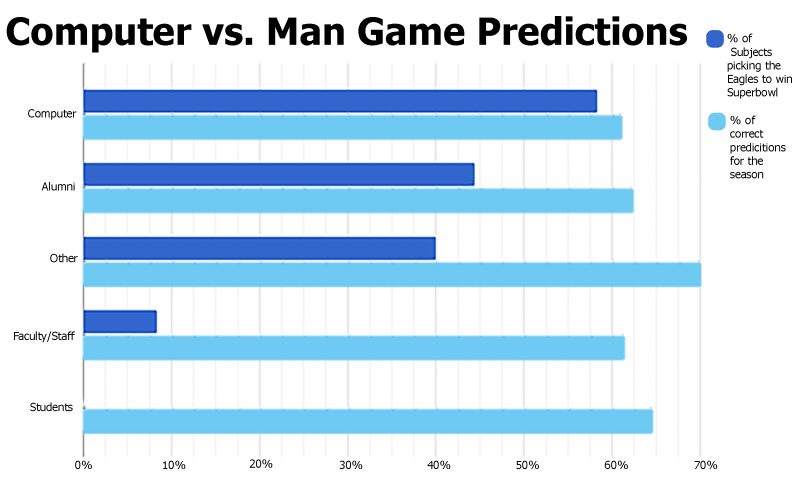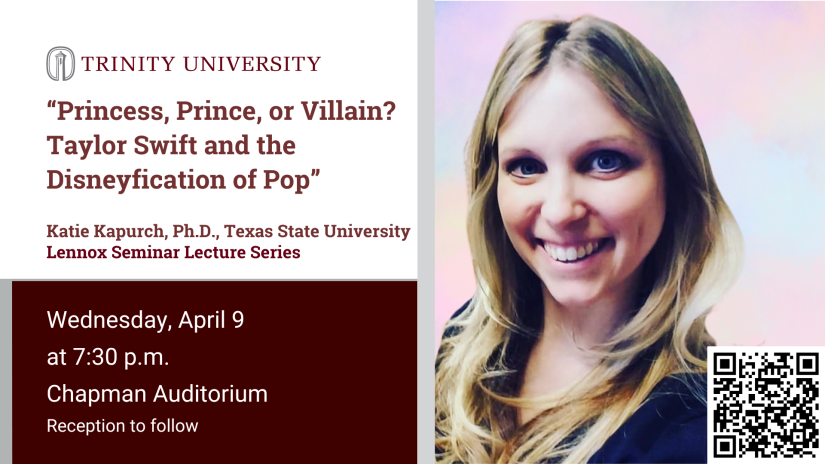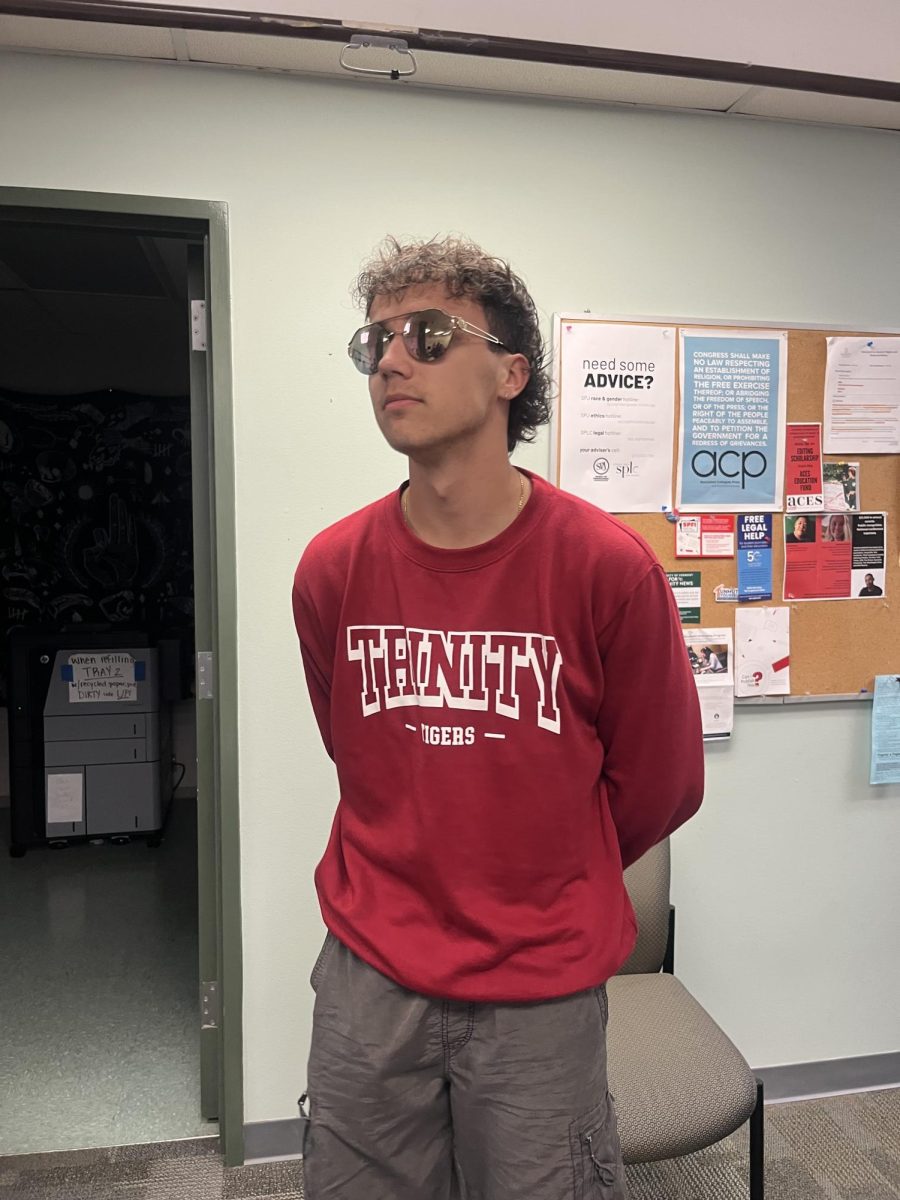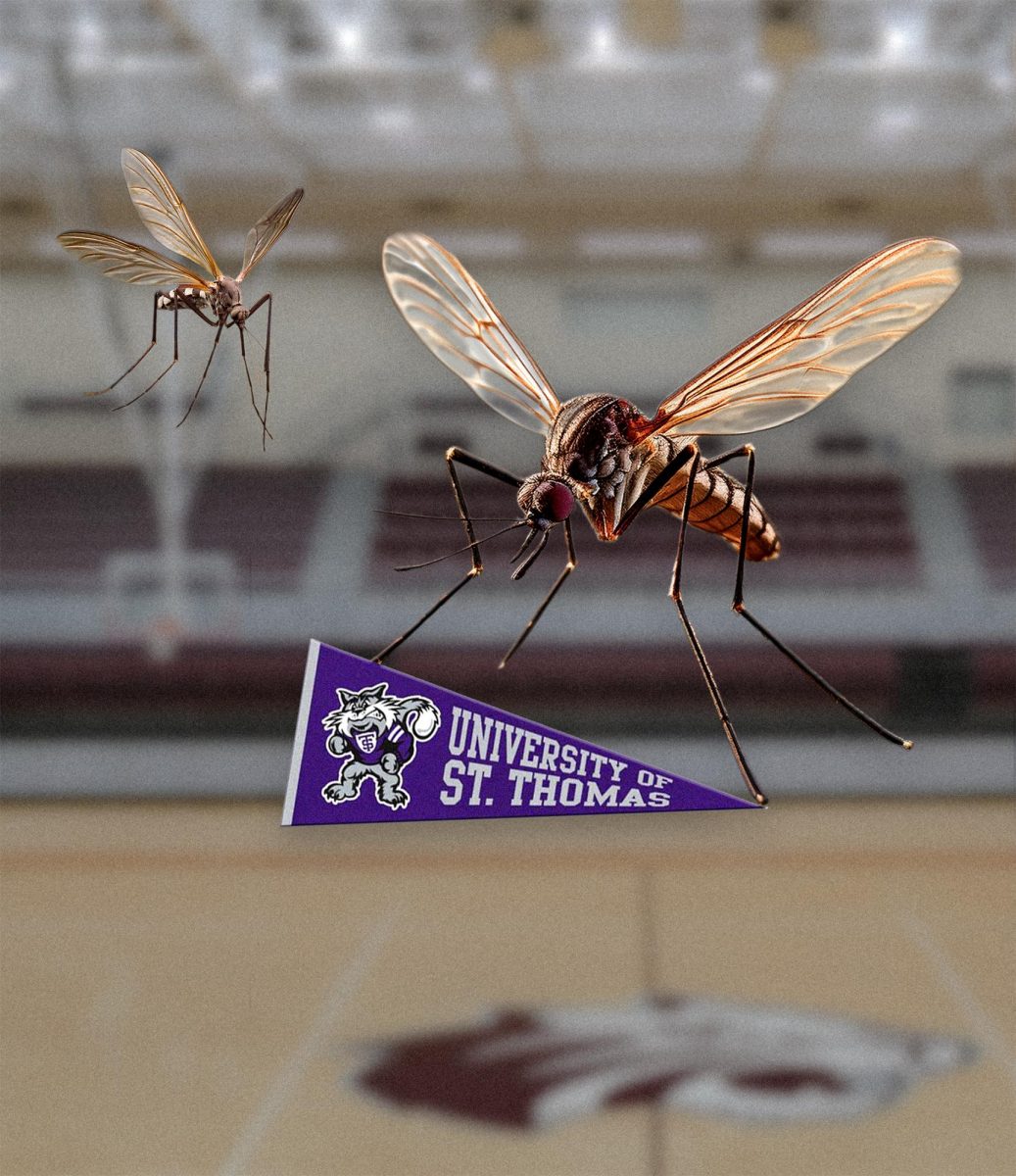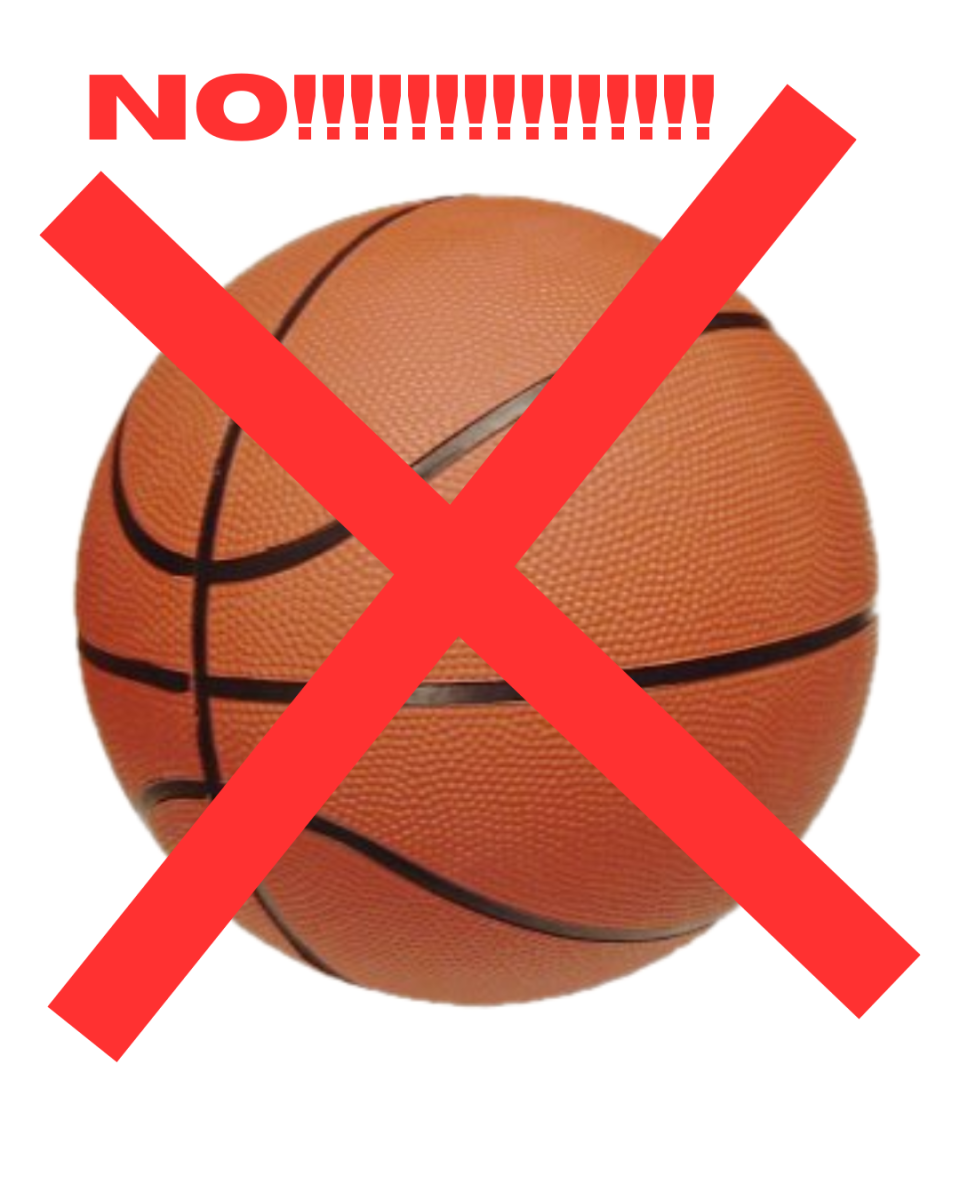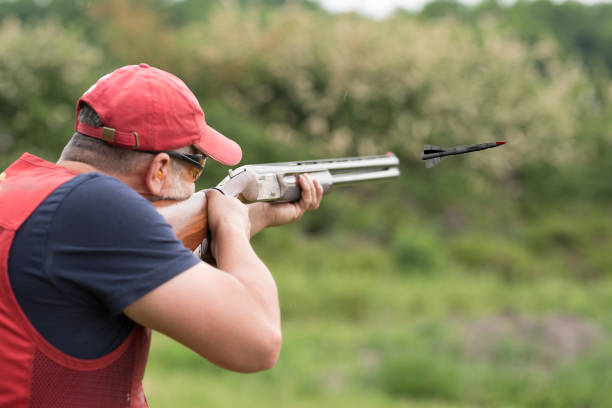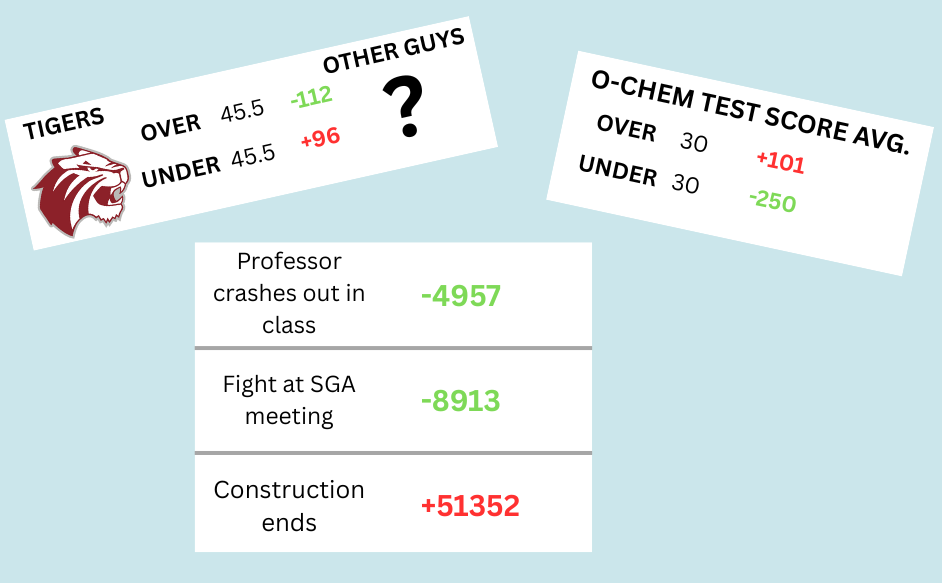It doesn’t take a world class computer to let you know that the Golden State Warriors are probably going to stomp all over the Phoenix Suns. A high powered offense of Stephen Curry, Klay Thompson, and Kevin Durant has no chance of being stopped by what is essentially a multi-million dollar G league (development league) team. Unfortunately, not all matchups are so cut and dry. That’s where Eduardo Cabral Balreira’s computer program comes into play.
Balreira, an avid enthusiast of sports and sports analytics, and an associate professor of mathematics at Trinity, decided to work with colleagues to design a computer method known as the Oracle in an effort to make accurate sport predictions.
“I developed this computer method, known as the Oracle, with Brian Miceli [Trinity associate professor of mathematics]. The Oracle takes into account information about each team’s athletes, their opponents, and so on,” Balreira said.
Because of the algorithm’s depth of analysis in considering strength of schedule, it is able to solidly predict upsets.
The Trinitonian caught wind of Balreira’s program at the beginning of 2016 and decided to stack up his model against a few faculty. Jacob Tingle, Danny Anderson, and David Tuttle were paired against the model. Now, in 2018, Balreira boasts of having over 100 competitors in his NFL Oracle rank challenge; the results of this challenge can be found on Balreira’s website.
In order to make things easier for competitors, Balreira developed a code in Matlab that offered a survey to make picks. The survey was emailed out over a mailing list to competitors, who filled it out by simply picking the teams they thought would win that week.
Surprisingly, the results showed that maybe technology does not always know best, and that human intuition can be just as useful as advanced data analytics. This past NFL season, students picked at 64 percent accuracy, alumni picked at 62 percent accuracy, and the computer picked at a measly 60 percent accuracy. Unfortunately for human participants, the Oracle was still able to win the playoffs after predicting the Super Bowl correctly.
Will Farner, a senior physics major, reported a prediction accuracy of an impressive 67 percent for the season.
“I did do research each week and looked at the calculated odds by statisticians to make my picks,” Farner said.
In addition to developing a fun way for students and alumni to predict matchups of their favorite sports teams, Balreira has brought a meaningful learning opportunity to a classroom setting. Balreira’s MATH 2117 course, known as STAT (sports, technology, and analytics at Trinity), teaches students about predictive analysis in sports. In the class information, Balreira encouraged those of all backgrounds to participate and immerse themselves in the world of sport predictions and analytics.
“One does not need to be a math major or sport management minor to participate. You just need to be enthusiastic about sports and interested in learning about sports analytics,” Balreira wrote on the Trinity website.
Jacob Tingle, director of experiential learning and graduate of Trinity in 1995, sees the NFL ranking competition as a way to connect with other alumni, as he has spread the word of the competition through his alumni network.
“I see this challenge as a way to engage with alumni. The mix of students and faculty participating in this competition can open the door to internships or other opportunities,” Tingle said.
To participate in the challenge in the upcoming NFL season, visit rank.balreira.com.

